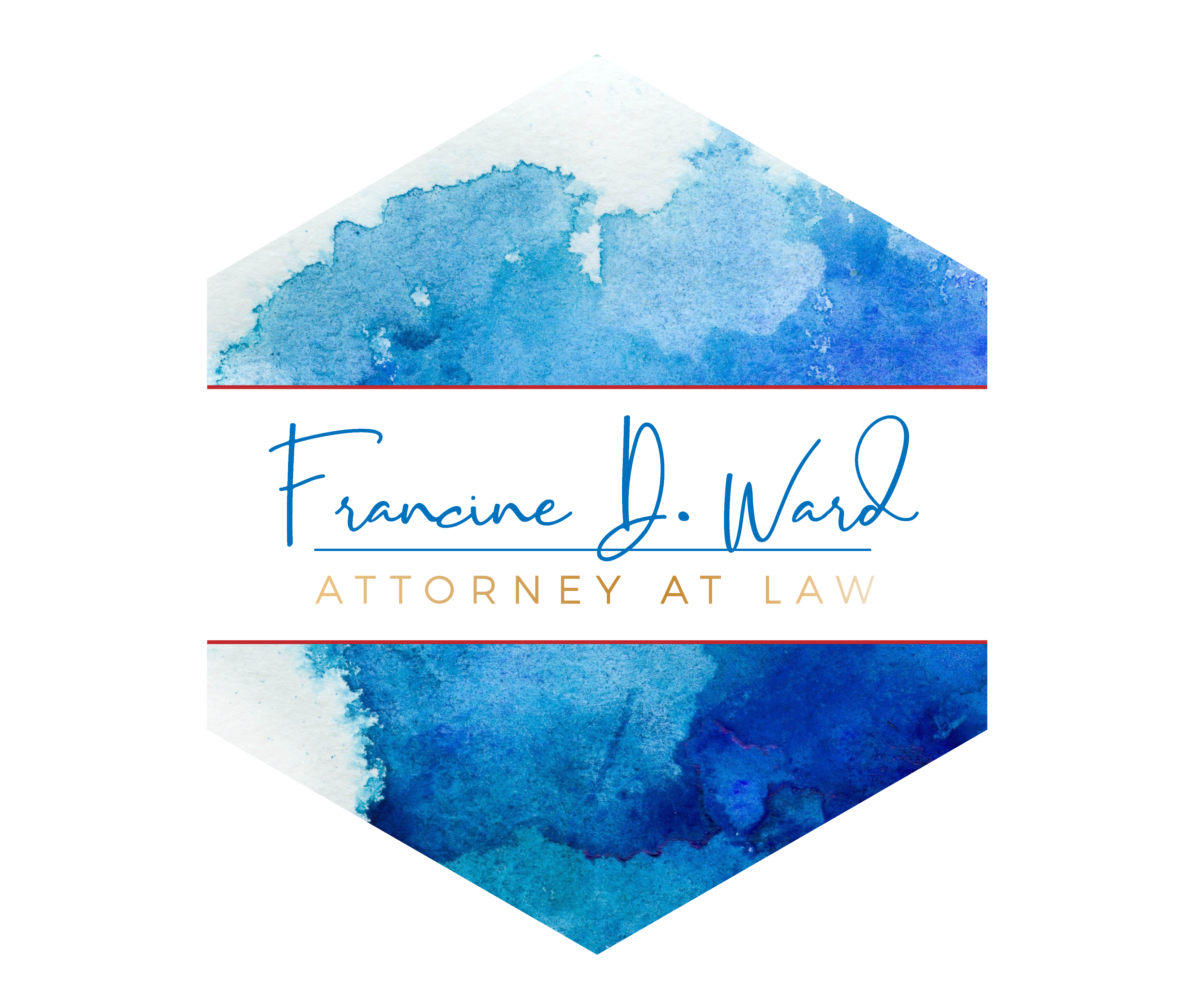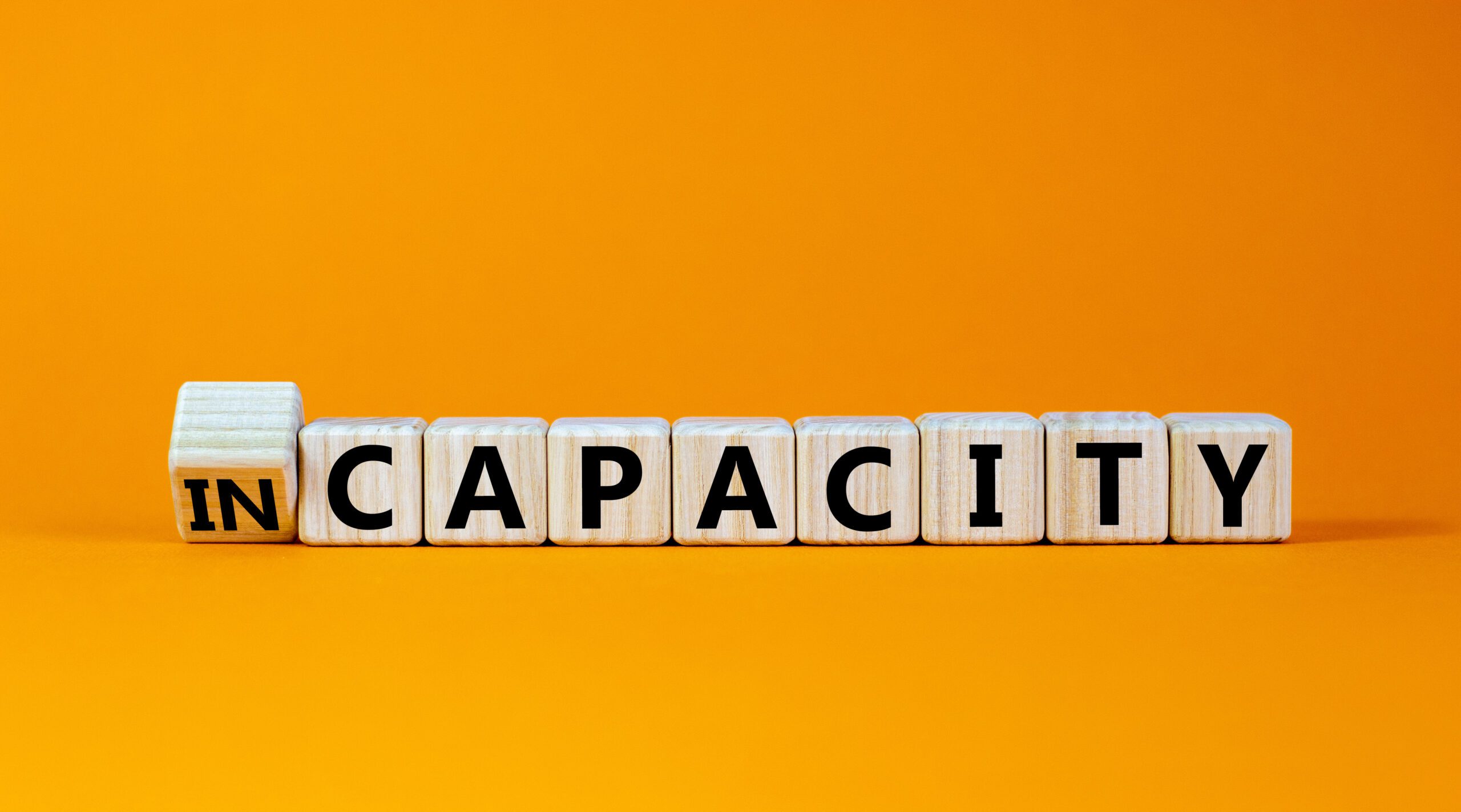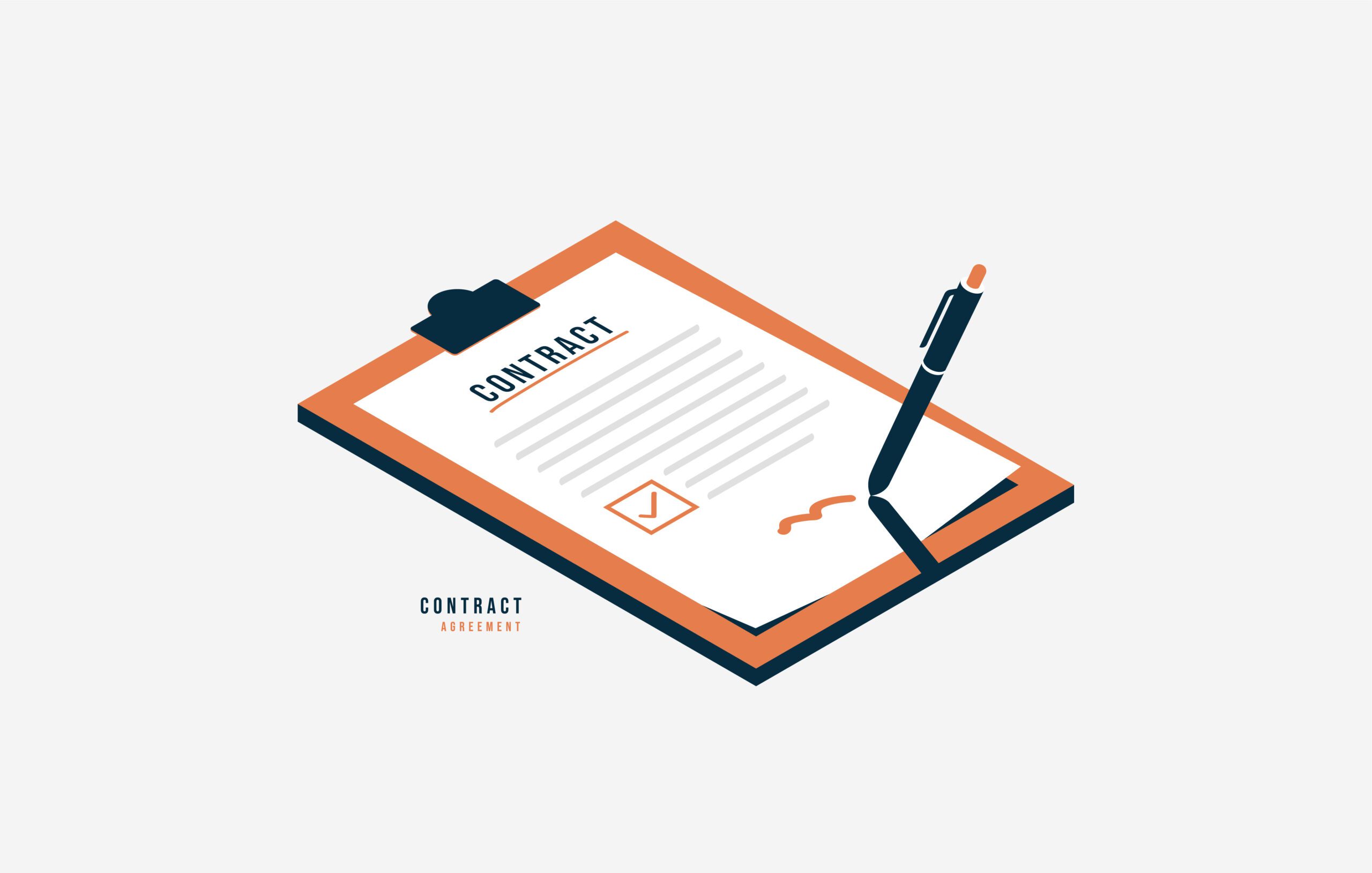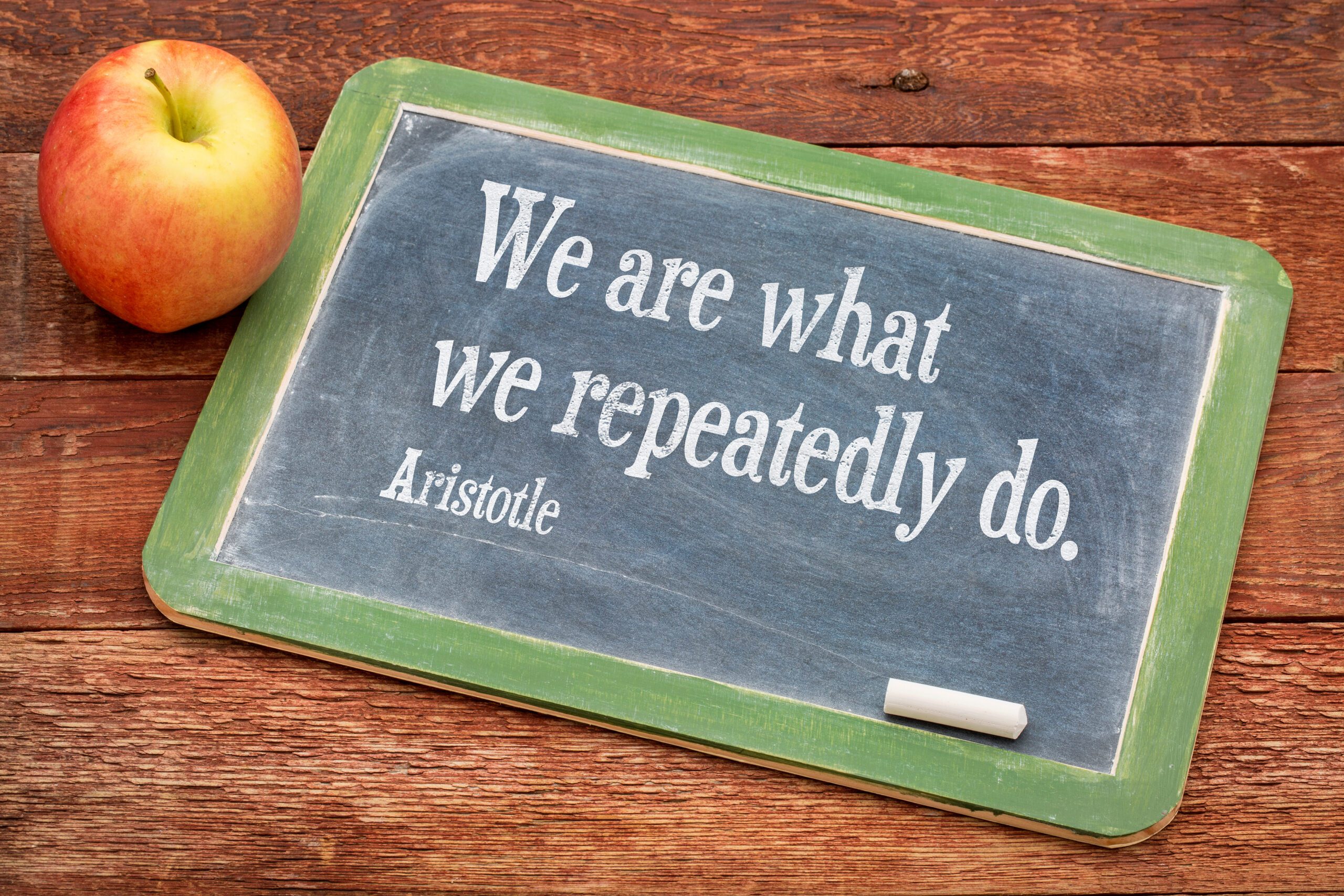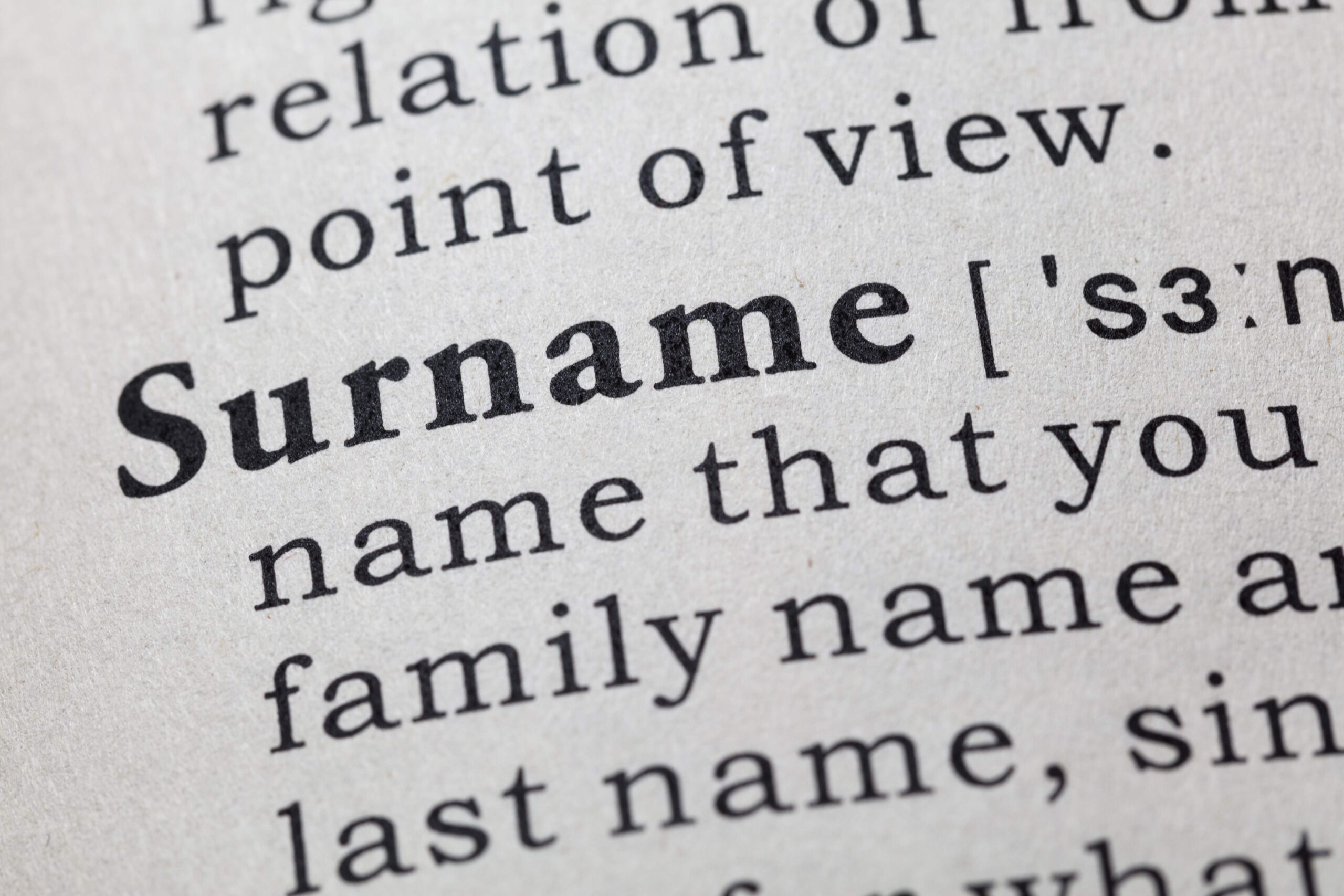If you are not well-known and have tried to get published, you know, all too well, how difficult the process can be. In fact, it’s almost virtually impossible for a first time non-celebrity to get a book deal with a mainstream traditional publishing house. The truth is, nothing is impossible if you are willingly able to do the necessary work. Regardless, it’s still a difficult and daunting task. Having published two books with traditional publishers, I understand all too well the challenges ahead.
Getting a Book Published.
That being said, today’s publishing landscape makes getting published easier. There are many options, such as self-publishing, on-demand printing, e-books, and online publishing. Another option: the vanity or subsidy press. This is often the route taken by writers who are unable to get a traditional book deal or who don’t want to self publish their work. This may be an effective and plausible alternative for some writers, yet it’s not without challenges.
The first thing to understand about subsidy or vanity publishers is that, unlike with a traditional publisher who pays you to publish your book, you pay the subsidy or vanity press. In some instances, you pay a lot. Not only do you pay to have your work published, they also charge you additional fees and give you a small royalty. The royalties you likely will receive are usually the standard rate of 10 to 15% based on retail price.
Unlike a traditional press, when using a vanity or subsidy press you’ll also be responsible for the costs of marketing and advertising, which is also true for self-publishing. With self-publishing, you receive all the profits from your book sales. The services of a subsidy publisher have to be paid for up front and in full, as opposed to self-publishing. With self-publishing, you cover all the expenses, but do so as your bills come in.
In essence, subsidy publishers make their money by selling authors the services and products to publish the book and not from the book sales. In other words, they make money regardless of how many of your books sell, if any. There is virtually no risk involved for them; there is a tremendous amount of risk for you. Unscrupulous subsidy publishers will use pressure techniques to sell authors things they may not want or need, preying on the author’s dreams and desires to have their work published.
Mainstream Traditional Publishing Houses.
With mainstream traditional publishing houses, you know you are getting the best editors and marketing people. Regretfully, with self-publishing you get what you can afford. Also, if you self-publish, you can choose to ignore constructive feedback, which is not always a smart idea. I have personally seen way too many poorly edited self-published books, because the author didn’t want to take constructive suggestions on how to improve the work. That has also been the case with subsidy published works. Anyone can call themselves an editor.
Am I saying that all subsidy/vanity publishers are looking to rip you off or create poor quality work product? No, not at all. However, before going that route one should do their homework and thoroughly investigate the publisher. For starters, make sure they have not been sued. If possible, speak to other authors who’ve used their services, and of course, get as much as you can in writing from the publisher in regards to the services and goods they will provide and at what price.
In a nutshell, subsidy/vanity publishers differ from other forms of publishing because they don’t share any of the risk with the author, but still receive the rewards. That alone should make you extra careful when entering into a relationship with a subsidy or vanity press.
Until next time, I’m Attorney Francine Ward helping you protect what’s yours. Join my conversation on Facebook, Twitter, or in one of my LinkedIn groups, Google+ Circles. Feel free to subscribe to my newsletter.
